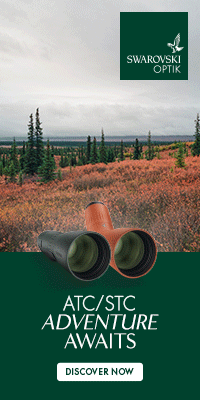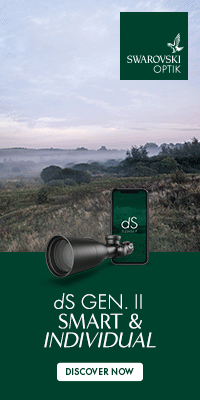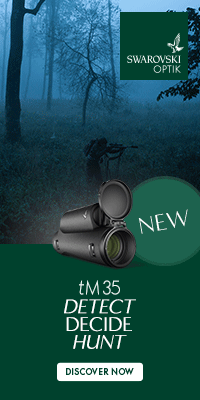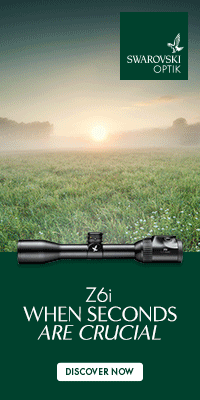February - A Look Ahead at Deer Stalking Across the UK
- Details
- Monday, 29 January 2018
What can you expect from your deer stalking in the month ahead? Peter Jones takes a look at what is happening in the deer world during February.
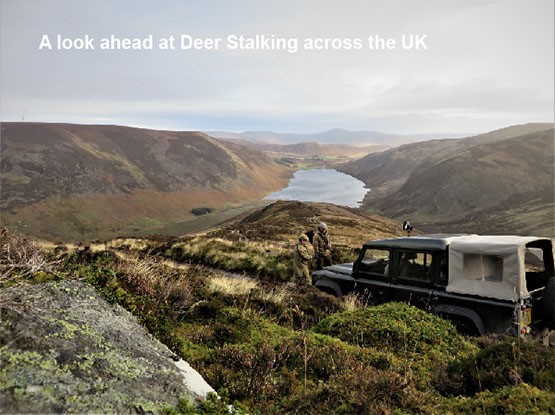
By February it is clear to see, that since the shortest day in December we have turned a corner, by the middle of the month we will have gained around an hour and a half of daylight in the evening and three quarters of an hour in the morning.
Whilst the hours of daylight improve, the weather during February can be broadly described as ‘more of the same’ however, there are a few important features of the month ahead of which stalkers should take note. The first of these occur on the 15thFebruary, which in Scotland marks the last day of the season for Red & Sika Hinds and Fallow Doe. Thereafter, north of the border, with only Fallow Buck and Roe Doe in season, the majority of stalking in Scotland will cease.
Another feature of February, notable by its absence, is Game shooting. With the season for driven shooting coming to an end on the 1st February, and with most game keepers now feeling some-what less anxious, deer stalkers can once again look forward to re-claiming the countryside for themselves, safe in the knowledge that they will not be accused of unsettling the birds! In England & Wales, with the season for females extending until the end of March this will result in a degree of urgency amongst many deer managers in order to achieve a suitable cull of females in an already short season.
As for the behaviour of the deer during February, it is important, in order to get the most from your hunting, to appreciate that the herding species of deer will be made up of single sex herds, but that the Roe deer will be in mixed family groups. You should also take note that whilst the mature Roebuck will now appear advanced in velvet, that this is not true of all Roebuck. The Roebuck fawns will in-fact be in the process of casting their ‘buttons’ during February and so will be devoid of antler for some weeks, before re growing their first simple set of antlers in time for the start of the buck season in April.
These relevant distinguishing features in the deer’s behaviour and annual cycle, demonstrate how crucial it is to understand your quarry, in order to be able to fully appreciate and enjoy this sport of kings.
If you’d like to learn more about deer stalking then why not consider our popular and informative Proficient Deer Stalker Stage 1 course. For more information please follow this link: http://www.countydeerstalking.co.uk/proficient-stalker.html
 IN Season in England & Wales: Roe Does, Fallow Does & Fallow Buck, Sika Stags & Sika Hinds, Red Stags & Red Hinds, CWD Bucks & CWD Does, Muntjac Buck & Muntjac Does.
IN Season in England & Wales: Roe Does, Fallow Does & Fallow Buck, Sika Stags & Sika Hinds, Red Stags & Red Hinds, CWD Bucks & CWD Does, Muntjac Buck & Muntjac Does.
Off Season in England & Wales: Roe Buck.
In Season in Scotland: Sika Hinds, Red Hinds and Fallow Does until 15th Feb only. Fallow Buck & Roe Does remain in season throughout February.
Off Season in Scotland: Red Stags, Sika Stags & Roe Buck. Also Red & Sika Hinds and Fallow Does from 16th February.








